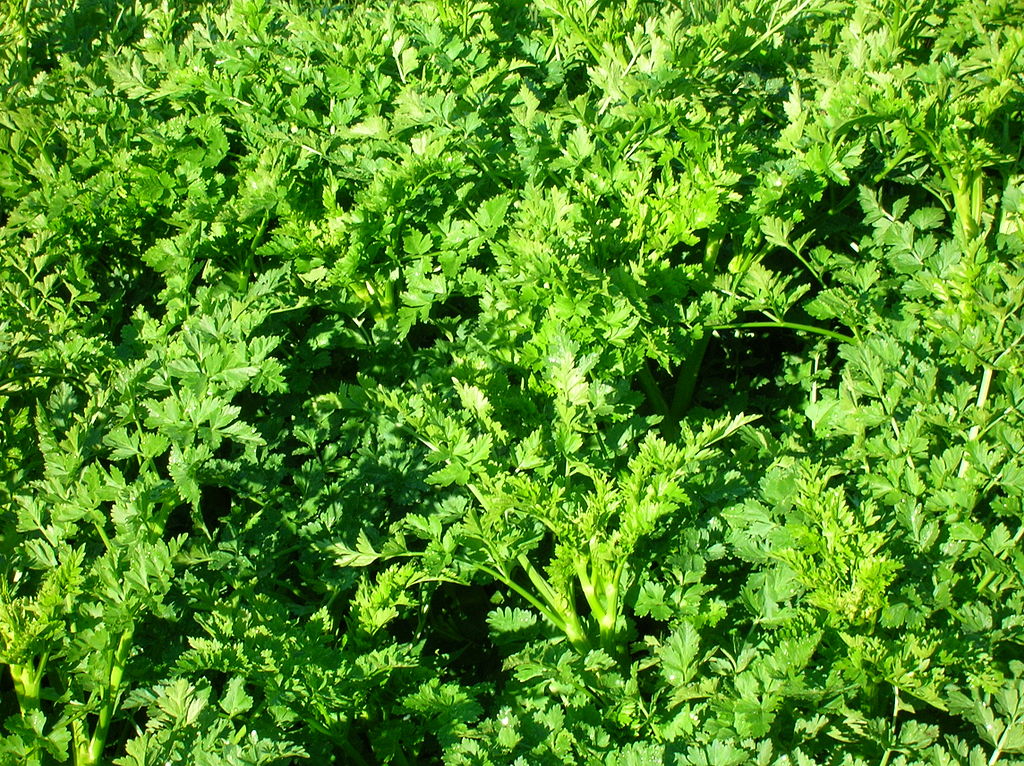 Hemlock water dropwort (Oenanthe crocata) in spring
Hemlock water dropwort (Oenanthe crocata) in spring
The recent discovery of a non-native aquatic plant in Minnesota is a reminder that people should always dispose of aquarium or water garden plants or animals appropriately – not by releasing them into the environment.
Invasive species staff with the Minnesota Department of Natural Resources identified java water dropwort in an isolated small pond in Le Sueur County. The wetland plant is native to Southeast Asia and is sometimes sold for ornamental purposes. DNR staff said the plant was likely released into the wild by someone who didn't understand the harm non-native plants can cause.
"People with aquariums or water gardens need to look for responsible ways to dispose or find a new home for unwanted plants or animals, instead of putting them in the environment," said DNR Invasive Species Specialist Allison Gamble. "It's important to teach this to children as well as adults, and it's a good opportunity to educate kids about invasive species."
Gamble said people should contact a retailer or veterinarian to find out how to safely and humanely get rid of aquatic plants and pets they no longer want. It is illegal to release most non-native species into the wild in Minnesota.
One option is the aquatic animal and plant surrender event on Saturday, Jan. 28, from 10 a.m. to 1 p.m. at Redemption Lutheran Church (927 East Old Shakopee Road) in Bloomington, sponsored by Minnesota Sea Grant and the Minnesota Aquarium Society.
The Minnesota Aquarium Society will also auction off surrendered fish, plants and equipment from 11 a.m. until 6 p.m. People surrendering them receive a portion of the selling price.
Java water dropwort is sometimes sold as water celery or water parsley. It is rare in the United States outside of aquariums and water gardens. It has only been confirmed twice previously in the Midwest—both times in Wisconsin, where it is regulated as a prohibited invasive plant. DNR staff removed java water dropwort from the small pond and will monitor and contain the remaining plants.
The DNR regularly finds plants and animals likely dumped from aquariums into the wild. In 2016, DNR staff spotted water hyacinth someone had just dumped in a pond near Mankato and removed it before it could spread. A DNR invasive species specialist confirmed that a 15-inch fish taken by an angler from the Mississippi River in Hennepin County last June was a freshwater pacu, similar to a piranha. Several public waters around the state have large numbers of goldfish, which are not native to Minnesota and can be destructive to native wildlife and their habitats.
The DNR has more information about aquatic invasive species at mndnr.gov/invasives/aquatic.


 Advertising
Advertising